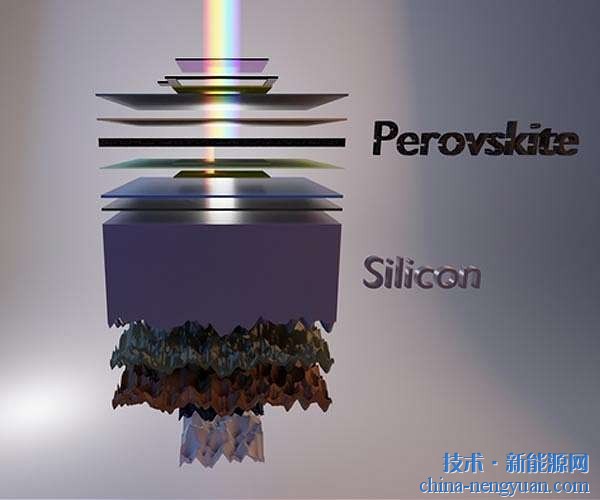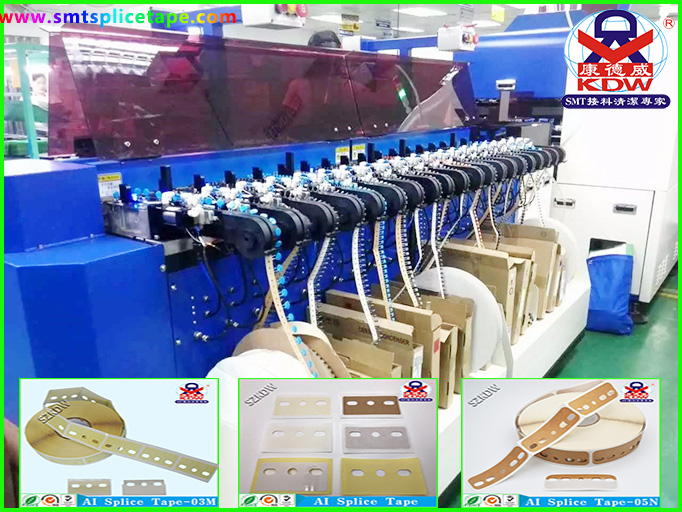 |
Rainy days and haze can be frustrating, especially for those who rely on solar energy systems. Imagine not being able to take a hot shower because your solar panels aren't getting enough sunlight. Solar energy is something that's always available—right above our heads—but for years, we've been limited by the technology we use to capture it. Traditional solar panels are inefficient in cloudy or low-light conditions and require large areas to generate meaningful energy. This has made solar energy seem like a luxury rather than a practical solution. But now, a new breakthrough could change everything.
Traditional solar energy is expensive to use
It’s a strange paradox: Earth receives more solar energy in one hour than it uses in an entire year. Yet, solar energy still makes up less than 1% of global energy production. The reason? Early solar cells were developed for space missions in the 1950s and were costly and inefficient. They only work well under clear skies, which limits their usefulness in most parts of the world. Even when the sun shines, solar panels need vast areas to become economically viable. That’s why solar energy is often called the "Cinderella" of renewable energy—beautiful but overlooked.
Despite these challenges, solar energy has huge potential. It’s clean, abundant, and can last billions of years. If just 1% of Earth’s surface were covered with traditional solar panels, it could power the entire planet. But that 1% is equivalent to the size of Spain, and covering such a massive area would cost tens of trillions of dollars. The problem isn’t the sun—it’s the technology we’ve used for decades.
New technology simulates plant photosynthesis, cloudy days and indoor work
Now, a new type of solar technology is changing the game. Instead of relying solely on direct sunlight, this innovation mimics the way plants perform photosynthesis. While photosynthesis is primarily known for converting carbon dioxide and water into sugars, it also uses light energy to release electrons, creating a flow of electricity. Scientists have long tried to replicate this process to generate power, and they're finally making progress.
One of the most promising developments is the "dye-sensitized solar cell" (DSC), also known as the "Gretzel Battery," after its inventor, Professor Michael Grätzel. His research, which began in the 1970s, focused on using chlorophyll-like dyes and titanium oxide to mimic the way plants capture sunlight. Early versions had very low efficiency, but by the late 1980s, improvements led to a dramatic increase in performance. Today, DSC batteries can convert sunlight into electricity efficiently, even on cloudy days or indoors.
What makes DSC batteries unique is their flexibility and affordability. They can be transparent, colored, or even printed onto surfaces like windows. In 2010, the scientific community recognized their potential, and Professor Grätzel was awarded the Millennium Technology Prize. But despite these advances, there are still challenges to overcome before DSC becomes mainstream.
Insufficient electrolyte supply affects large-scale production
One major issue is the electrolyte used in DSC batteries. These batteries require a liquid electrolyte to function, but current versions have a short lifespan and are difficult to scale up. Oxford University chemist Henry Snaith explains that producing DSC panels at the scale needed for widespread use is challenging. “We need to make hundreds of square kilometers of DSC every day,†he says. “That’s about the same amount of material used for asphalt roads.†Researchers are now working on solid electrolytes that are more stable and easier to produce, aiming for mass production using standard printing techniques.
Organic Photovoltaic Technology Generates Electricity Through Polymers
While DSC batteries are gaining attention, another promising technology is emerging: organic photovoltaic (OPV) cells. These use polymer-based materials to absorb light and generate electricity. Like DSC, OPV works well in low-light conditions and can be made flexible, transparent, or colorful. However, their efficiency is slightly lower, and concerns remain about their durability over time. Still, researchers are confident that these issues can be solved.
Professor Leach and his team believe that within five years, OPV could be commercially viable. With continued advancements, solar energy might soon become a reliable and accessible power source for everyone, regardless of weather conditions or location. The future of clean energy is brighter than ever.
AI Splice Tape Advantages: selection of high viscosity Tape positive and negative after precision die-cutting processing:
When used, the fingers will never touch the plastic surface to ensure the reliability of the material.
Applicable to the vertical AI plug-in machine parts Splice, such as the shaft of the resistance of the radiating material parts and components.
AI-03M
AI Splice Tape with three holes Spec.: 40mm * 22mm 2000pcs/box For Radial carrier tape
AI-05M
AI Splice Tape with five holes Spec.: 70mm * 23mm 1000pcs /box For Radial carrier tape
AI-02M
AI Double Splice Tape Spec.: 28mm * 36mm 2000pcs /box For Radial carrier tape
AI-06M
AI Splice Tape with five holes Spec.: 40mm * 36mm 1000pcs /box For Radial carrier tape

AI Splice Tape,High Viscosity AI Splicing Tape,AI Splice Clip Tape,AI Splice Tape Roll
ShenZhen KDW Electronics Co.,Ltd , https://www.smtsplicetape.com